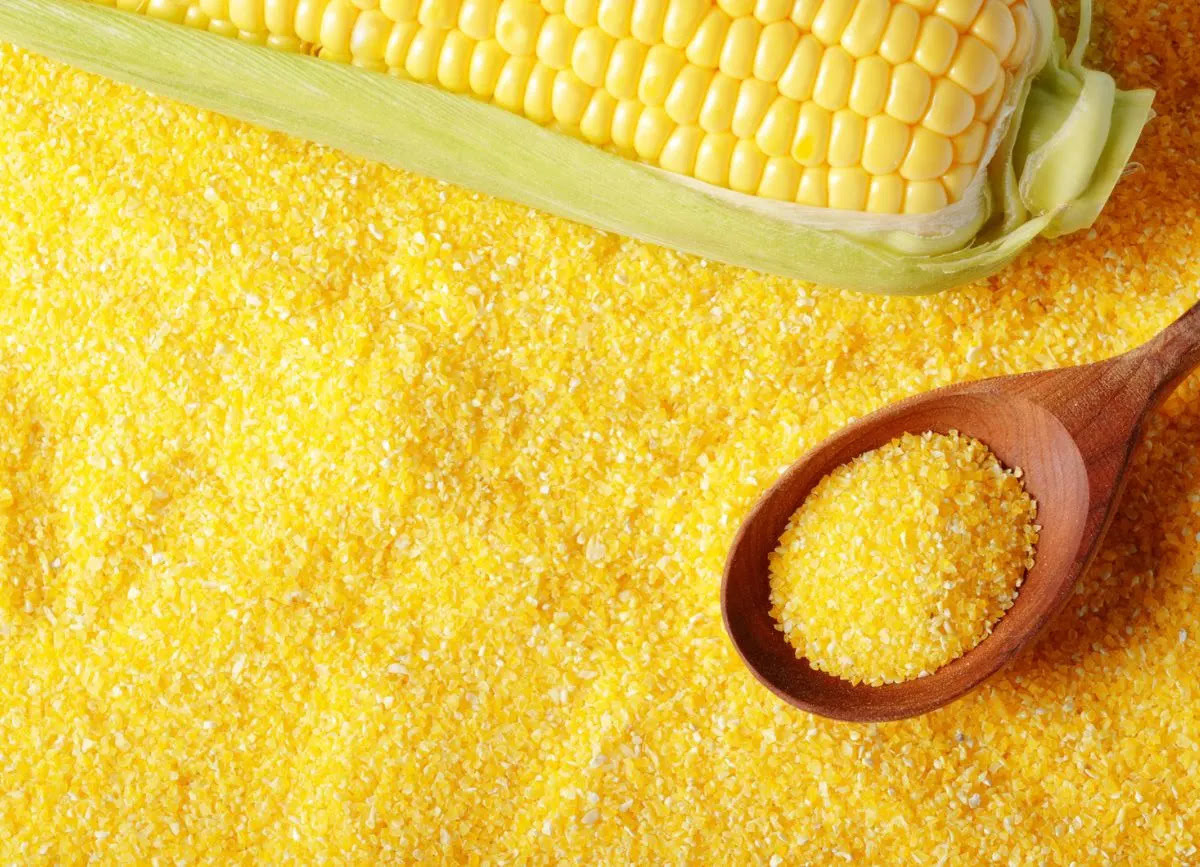

Articles
How To Store Corn Meal In Mylar Bags
Modified: January 7, 2024
Learn how to properly store corn meal in mylar bags to ensure its freshness and longevity. Read our informative articles for effective storage tips.
(Many of the links in this article redirect to a specific reviewed product. Your purchase of these products through affiliate links helps to generate commission for Storables.com, at no extra cost. Learn more)
Introduction
When it comes to long-term food storage, it’s essential to take the necessary measures to ensure the freshness and quality of your stored goods. Corn meal, a versatile and nutritious staple, is a pantry item that can greatly benefit from proper storage techniques. One effective method of preserving corn meal is by using Mylar bags.
Mylar bags are made from a durable polyester film that provides a moisture barrier, protecting the contents from exposure to air, light, and humidity. This makes Mylar bags an excellent choice for storing food items like corn meal, as they help to extend the shelf life and maintain the flavor and nutritional value over an extended period.
In this article, we will explore the reasons why using Mylar bags for corn meal storage is a wise choice. We will also provide you with a step-by-step guide on how to properly store corn meal in Mylar bags to ensure its longevity and preserve its quality.
Key Takeaways:
- Properly storing corn meal in Mylar bags preserves its freshness, nutritional value, and taste for extended periods, ensuring a reliable and versatile pantry staple for future use.
- Selecting the right Mylar bags, preparing the corn meal, and following proper sealing techniques are crucial for maintaining the quality and longevity of stored corn meal.
Read more: How To Store Mylar Bags
Why Store Corn Meal in Mylar Bags
There are several reasons why storing corn meal in Mylar bags is beneficial:
- Prolongs Shelf Life: Corn meal is susceptible to factors that can cause spoilage such as exposure to air, moisture, and pests. Mylar bags act as a barrier, preventing these elements from reaching the corn meal and extending its shelf life.
- Maintains Freshness: The airtight seal provided by Mylar bags helps to preserve the freshness of corn meal by preventing oxidation, which can lead to a rancid flavor and loss of nutrients.
- Protects Against Contaminants: Mylar bags help to safeguard corn meal from insects, rodents, and other contaminants that can compromise its safety and quality.
- Preserves Nutritional Value: Corn meal is a valuable source of nutrients such as carbohydrates, fiber, and B vitamins. Proper storage in Mylar bags can help retain these essential nutrients for a longer period.
- Cost-effective: Investing in Mylar bags for corn meal storage can save you money in the long run by preventing spoilage and reducing food waste.
By utilizing Mylar bags for corn meal storage, you can ensure that your supply of corn meal remains fresh, safe, and nutritionally intact even during long-term storage.
Selecting the Right Mylar Bags for Corn Meal Storage
When it comes to selecting the right Mylar bags for corn meal storage, there are a few key factors to consider:
- Thickness: Opt for Mylar bags that have a thickness of at least 4.3 mil. This thickness provides better protection against punctures, tears, and oxygen permeation.
- Size: Choose Mylar bags that can accommodate the desired quantity of corn meal. It’s recommended to use smaller-sized bags to store individual portions, as this allows you to open only what you need, reducing the risk of exposing the remaining corn meal to air.
- Sealing Mechanism: Look for Mylar bags with a reliable sealing mechanism, such as heat-sealing or resealable zippers. Heat-sealing provides a secure closure, while resealable options allow for easier access to the corn meal without compromising the integrity of the bag.
- Opaque or Light-blocking: Choose Mylar bags that are opaque or have light-blocking properties. This helps to prevent exposure to light, which can degrade the quality of the corn meal over time.
- Food Grade: Ensure that the Mylar bags you choose are labeled as food-grade and free from harmful chemicals or toxins that may leach into the corn meal.
It’s also important to consider the quantity of corn meal you plan to store as well as the storage conditions. If you are storing a large amount of corn meal or in conditions with fluctuating temperatures, you may want to consider using Mylar bags with additional protective features such as oxygen absorbers or desiccant packets to further enhance the storage environment.
By carefully selecting the right Mylar bags for corn meal storage, you can ensure optimal protection and longevity for your stored corn meal.
Preparing the Corn Meal for Storage
Before you begin storing corn meal in Mylar bags, it’s important to properly prepare the corn meal to ensure its longevity and quality. Here are the steps to follow:
- Inspect and remove any contaminants: Before storing the corn meal, carefully inspect it for any signs of pests, mold, or moisture. Remove any contaminated or compromised kernels.
- Ensure dryness: Corn meal should be completely dry before storing to prevent the growth of mold or spoilage. Spread the corn meal out on a baking sheet and allow it to air dry for a few hours, or use a food dehydrator to remove any residual moisture.
- Consider oxygen absorbers: Corn meal, like many grains, can be prone to spoilage due to the presence of oxygen. Adding oxygen absorbers to the packaging can help to further extend the shelf life by reducing the oxygen levels inside the Mylar bag.
- Label and date: Before sealing the Mylar bags, label them with the contents and the date of storage. This will help you keep track of the freshness and rotation of your corn meal supply.
By taking these simple steps to prepare the corn meal, you can ensure that it is in the best possible condition for long-term storage in Mylar bags. Proper preparation will help maintain the flavor, texture, and nutritional value of the corn meal over time.
Steps to Store Corn Meal in Mylar Bags
Now that you have prepared the corn meal, it’s time to proceed with storing it in Mylar bags. Follow these steps to ensure proper storage:
- Choose the right size bag: Select a Mylar bag that can comfortably accommodate the amount of corn meal you wish to store. It’s best to use smaller bags to store individual portions or single-use quantities.
- Fill the bag with corn meal: Carefully pour the corn meal into the Mylar bag, leaving some headspace to allow for proper sealing.
- Remove excess air: Squeeze out any excess air from the bag before sealing it. This will help minimize the presence of oxygen, which can lead to spoilage.
- Seal the bag: Use a heat sealer or follow the instructions provided with your chosen bag to seal it tightly. Ensure that the seal is secure and airtight to prevent air and moisture from entering the bag.
- Double-bag (optional): For added protection, you may consider double-bagging the corn meal by placing the sealed Mylar bag inside another Mylar bag. This provides an extra layer of defense against moisture and pests.
- Repeat for remaining corn meal: If you have more corn meal to store, repeat steps 2-5 until all the corn meal is packed in Mylar bags.
Following these steps will ensure that your corn meal is properly packed and protected in Mylar bags. The airtight seal will help maintain the quality and extend the shelf life of your corn meal, allowing you to enjoy it for longer periods of time.
Store corn meal in Mylar bags by first ensuring the bags are clean and dry. Fill the bags with the corn meal, leaving some space at the top for sealing. Use a hot iron to seal the bags, removing as much air as possible. Store in a cool, dark place for maximum shelf life.
Read more: How To Store Flour In Mylar Bags
Sealing the Mylar Bags Properly
Properly sealing the Mylar bags is crucial to ensure the long-term storage and freshness of your corn meal. Follow these tips to seal the bags effectively:
- Heat sealing: If you are using heat-sealable Mylar bags, use a heat sealer to create an airtight seal. Run the heat sealer along the open end of the bag, applying even pressure to fuse the edges together. Make sure the seal is complete and there are no gaps or openings.
- Zippers or clips: If your Mylar bags come with resealable zippers, ensure that they are closed tightly to prevent any air or moisture from entering. If your bags don’t have zippers, you can use plastic clips or binder clips to secure the open end of the bag.
- Avoiding overfilling: Be cautious not to overfill the bags, as this can make it difficult to achieve a proper seal. Leave some headspace at the top to allow for easy sealing and to prevent the contents from bursting out when sealed.
- Double-check the seal: After sealing the bag, inspect the seal to ensure it is intact and secure. Run your fingers along the sealed edge to feel for any areas that may need additional sealing or reinforcement.
- Test for leaks: To ensure that your bags are properly sealed, you can perform a simple leak test. Submerge the sealed bag in a basin or sink filled with water and observe for any air bubbles. If bubbles appear, there may be a leak in the seal, and you should reseal the bag.
By following these sealing techniques, you can have confidence that your corn meal is well-protected from air, moisture, and contaminants. A strong and airtight seal will contribute to the longevity and quality of your stored corn meal.
Labeling and Organizing Your Stored Corn Meal
Proper labeling and organization of your stored corn meal is essential for easy access and rotation. Here are some tips to help you label and organize your stored corn meal:
- Label each bag: Use a permanent marker or labels to clearly indicate the contents of each bag. Include the date of storage as well to track the freshness of the corn meal.
- Include cooking instructions: If you have specific cooking instructions or recipes for the corn meal, consider writing them on the bag or attaching a small note for reference.
- Group similar sizes or types: Consider grouping the bags based on similar sizes or types of corn meal. This will make it easier to find the specific variety or portion you need without rummaging through all the bags.
- Use storage containers or bins: Consider placing the labeled Mylar bags of corn meal in storage containers or bins to keep them organized and protected. Clear plastic storage bins are ideal as they allow you to easily see the contents and stack them for efficient use of space.
- Rotate your stock: Practice first-in, first-out (FIFO) rotation by placing newly stored corn meal at the back of the storage area and moving older bags to the front. This will prevent any bags from sitting for too long and ensure that you consume the oldest corn meal first.
By implementing these labeling and organizational techniques, you can maintain a well-structured and easily accessible inventory of your stored corn meal. This will save you time and effort when it comes to meal planning and preparation.
Tips for Long-Term Storage of Corn Meal in Mylar Bags
To maximize the shelf life and quality of your stored corn meal in Mylar bags, consider the following tips:
- Store in a cool, dark place: The ideal storage temperature for corn meal is below 75°F (24°C) to prevent heat from accelerating the spoilage process. Additionally, keep the bags away from direct sunlight to avoid potential damage to the corn meal.
- Avoid moisture and humidity: Moisture is the enemy when it comes to long-term food storage. Ensure that the storage area is dry and free from humidity. If you live in a humid climate, consider using moisture absorbers or desiccant packs inside the Mylar bags to absorb any excess moisture.
- Keep away from strong odors: Corn meal can easily absorb strong odors from other foods or substances. Store your corn meal away from items with strong smells, such as spices, cleaning products, or chemicals.
- Check for signs of spoilage: Periodically inspect your stored corn meal for any signs of spoilage, including mold, insects, or an off smell. If you notice any signs of spoilage, discard the affected bags to prevent contamination of the rest of your supply.
- Regularly rotate your stock: It’s important to rotate your corn meal supply regularly to ensure you’re always using the oldest bags first. This will help maintain the freshness and quality of your corn meal over time.
- Consider vacuum sealing: In addition to storing corn meal in Mylar bags, you can also vacuum seal the bags for added protection against air and moisture. Vacuum sealing helps to further extend the shelf life and preserve the flavor of the corn meal.
By following these tips for long-term storage, you can preserve the quality and taste of your corn meal for an extended period. Proper storage practices will allow you to have a readily available and reliable supply of this versatile ingredient in your kitchen.
Conclusion
Properly storing corn meal in Mylar bags is a smart and effective way to extend its shelf life, maintain its freshness, and ensure its quality for long-term use. By utilizing Mylar bags, you create a protective barrier that shields the corn meal from air, moisture, pests, and other contaminants. This method of storage helps to preserve the nutritional value, flavor, and texture of the corn meal, allowing you to enjoy its benefits for months or even years to come.
When storing corn meal in Mylar bags, it is important to select the right bags that are thick enough to provide adequate protection and sealing mechanisms that ensure an airtight closure. Preparing the corn meal by inspecting it for contaminants, ensuring it is dry, and considering the use of oxygen absorbers further enhances its longevity and quality.
The process of storing corn meal in Mylar bags involves filling the bags, removing excess air, and sealing them tightly. Proper sealing techniques, such as heat sealing or using resealable zippers, help to create an airtight environment that safeguards the corn meal. Labeling and organizing the stored corn meal, as well as practicing FIFO rotation, make it easier to access and keep track of your inventory.
To ensure the best results, remember to store corn meal in a cool, dark, and dry place, away from strong odors and potential sources of moisture. Regularly inspecting the corn meal for signs of spoilage and rotating your stock will help maintain its freshness and quality. Consider additional measures such as vacuum sealing for added protection.
In conclusion, storing corn meal in Mylar bags is a reliable and practical method of long-term storage. By following the steps and tips outlined in this article, you can ensure that your corn meal remains fresh, wholesome, and ready for use whenever you need it. So go ahead and stock up on corn meal, apply these storage techniques, and enjoy the convenience and peace of mind knowing you have a durable and sustainable food supply at your fingertips.
Frequently Asked Questions about How To Store Corn Meal In Mylar Bags
Was this page helpful?
At Storables.com, we guarantee accurate and reliable information. Our content, validated by Expert Board Contributors, is crafted following stringent Editorial Policies. We're committed to providing you with well-researched, expert-backed insights for all your informational needs.
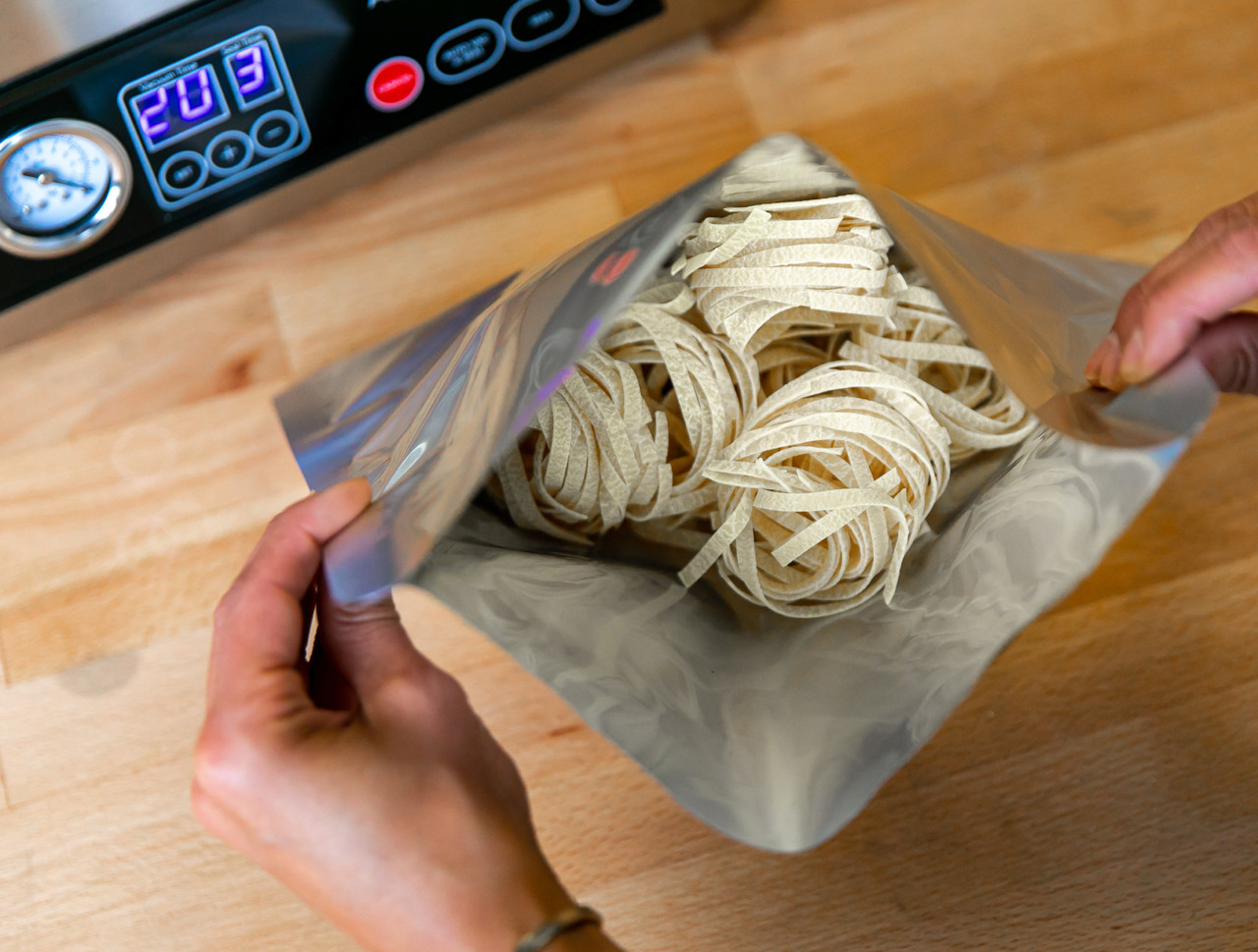
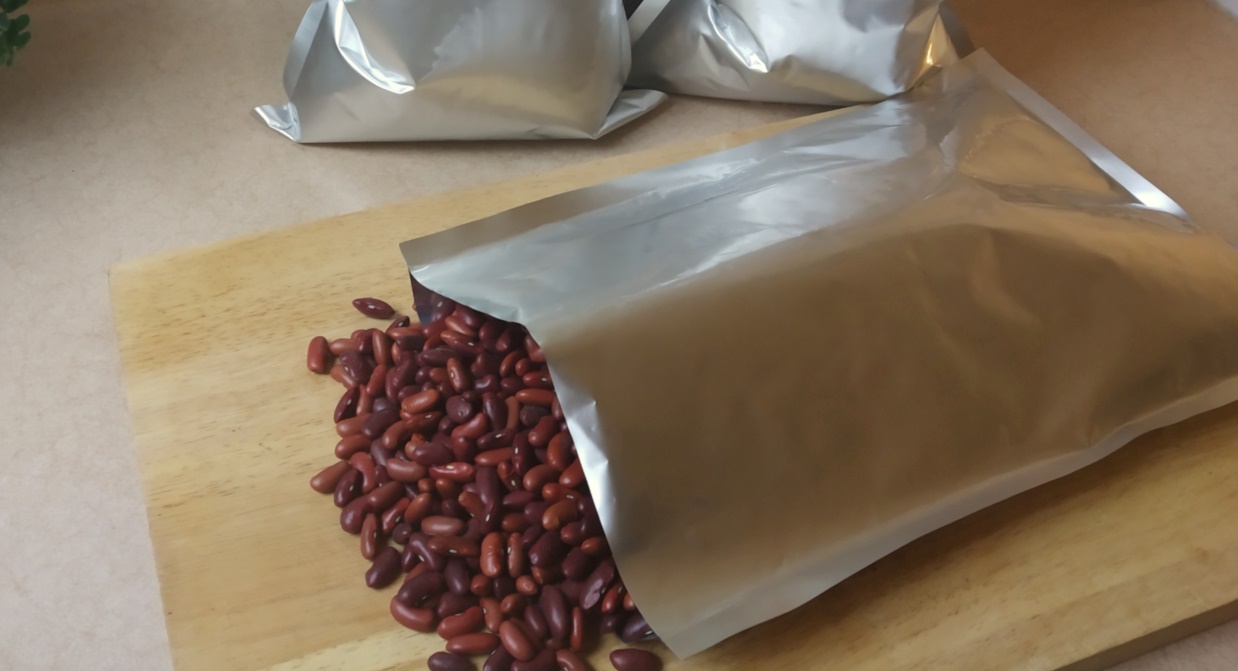
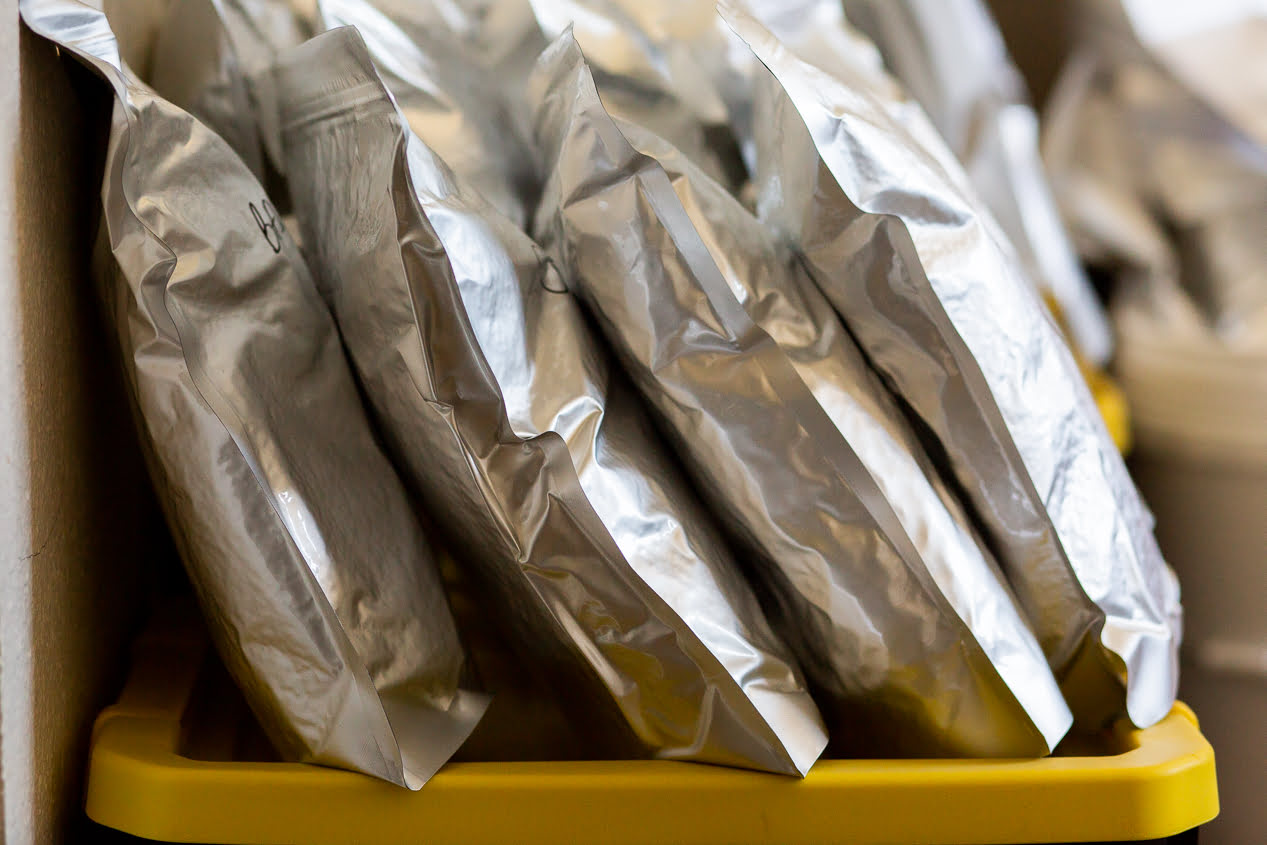
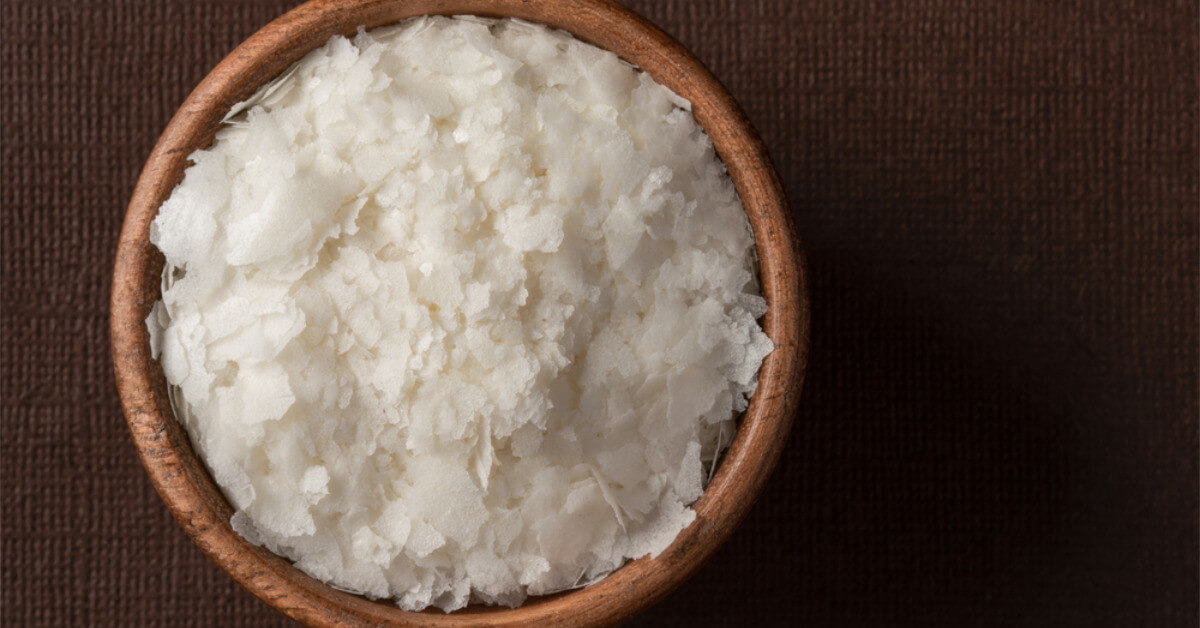
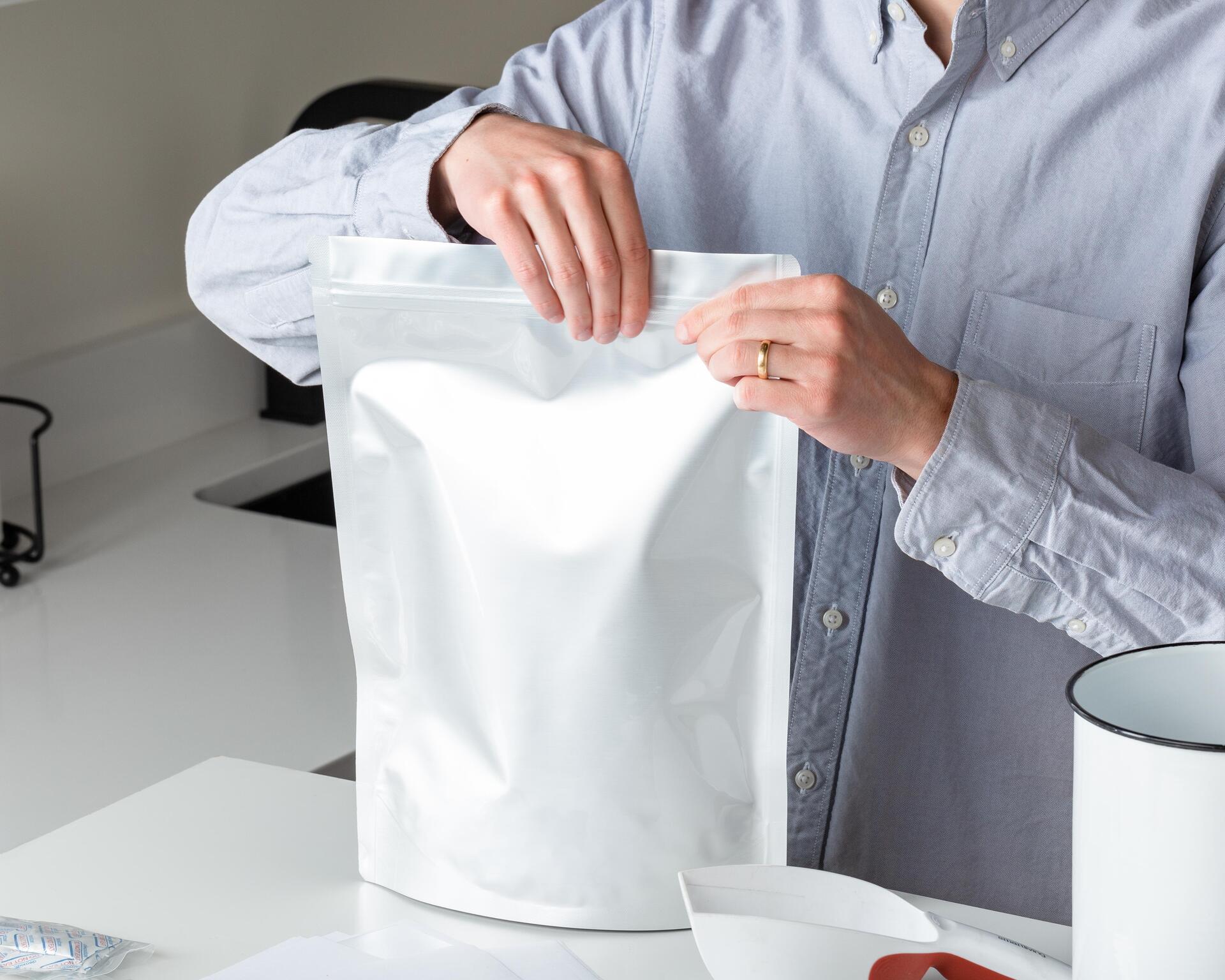
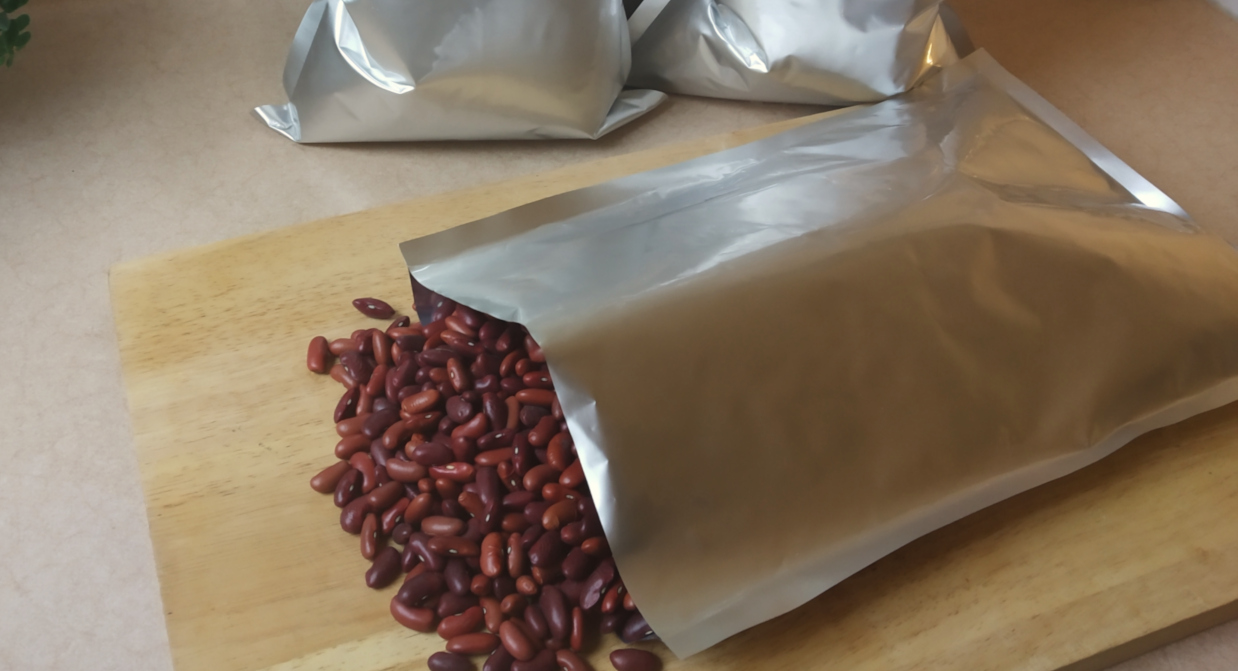

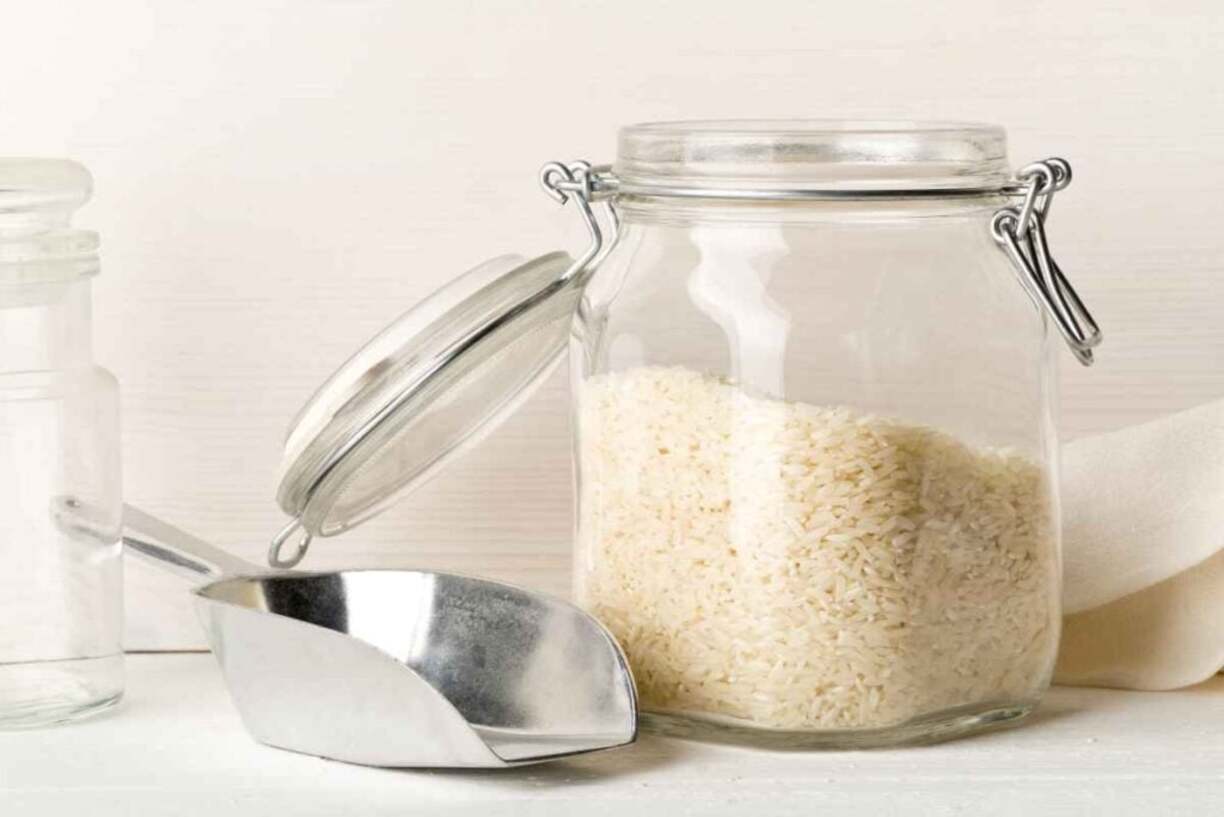
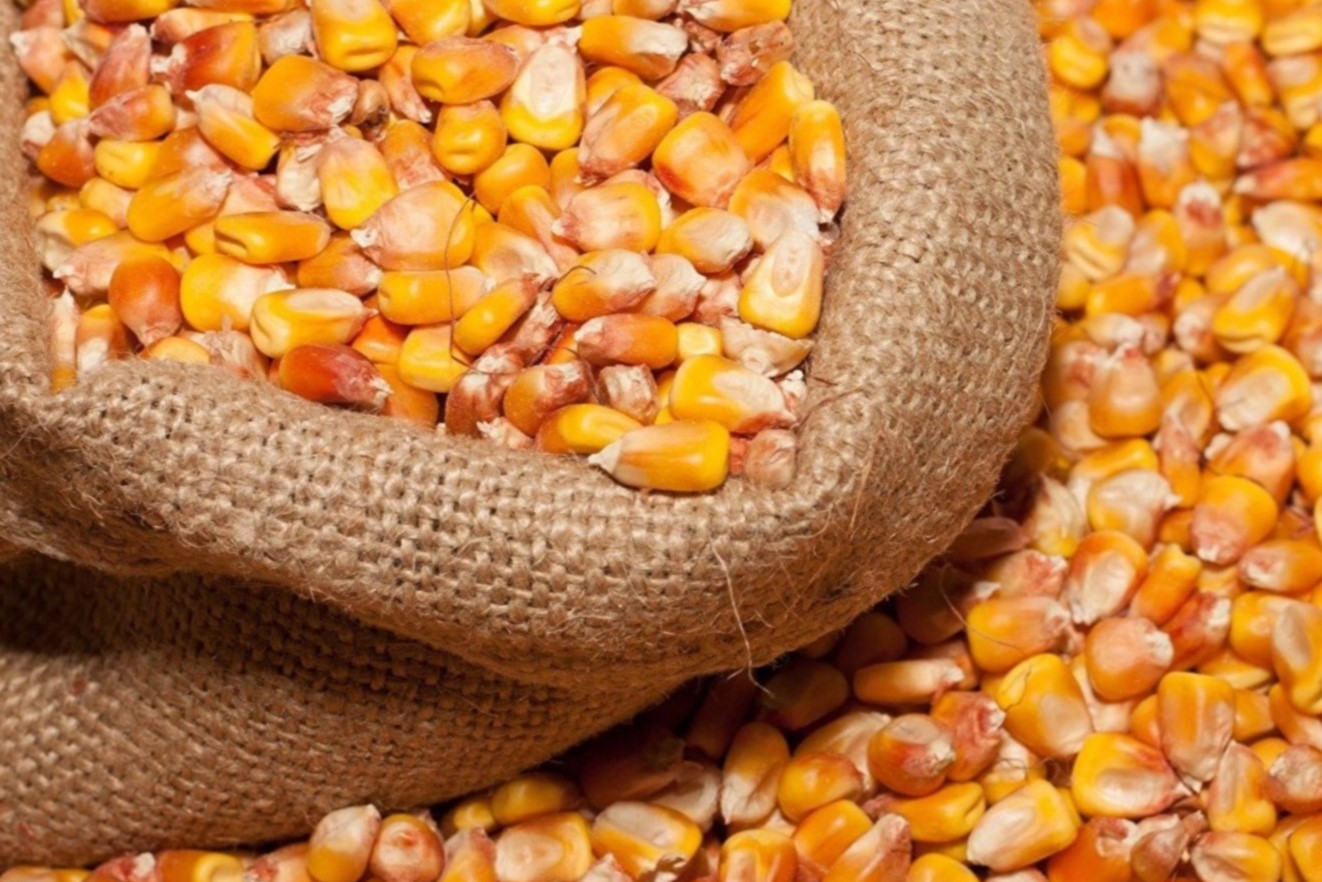
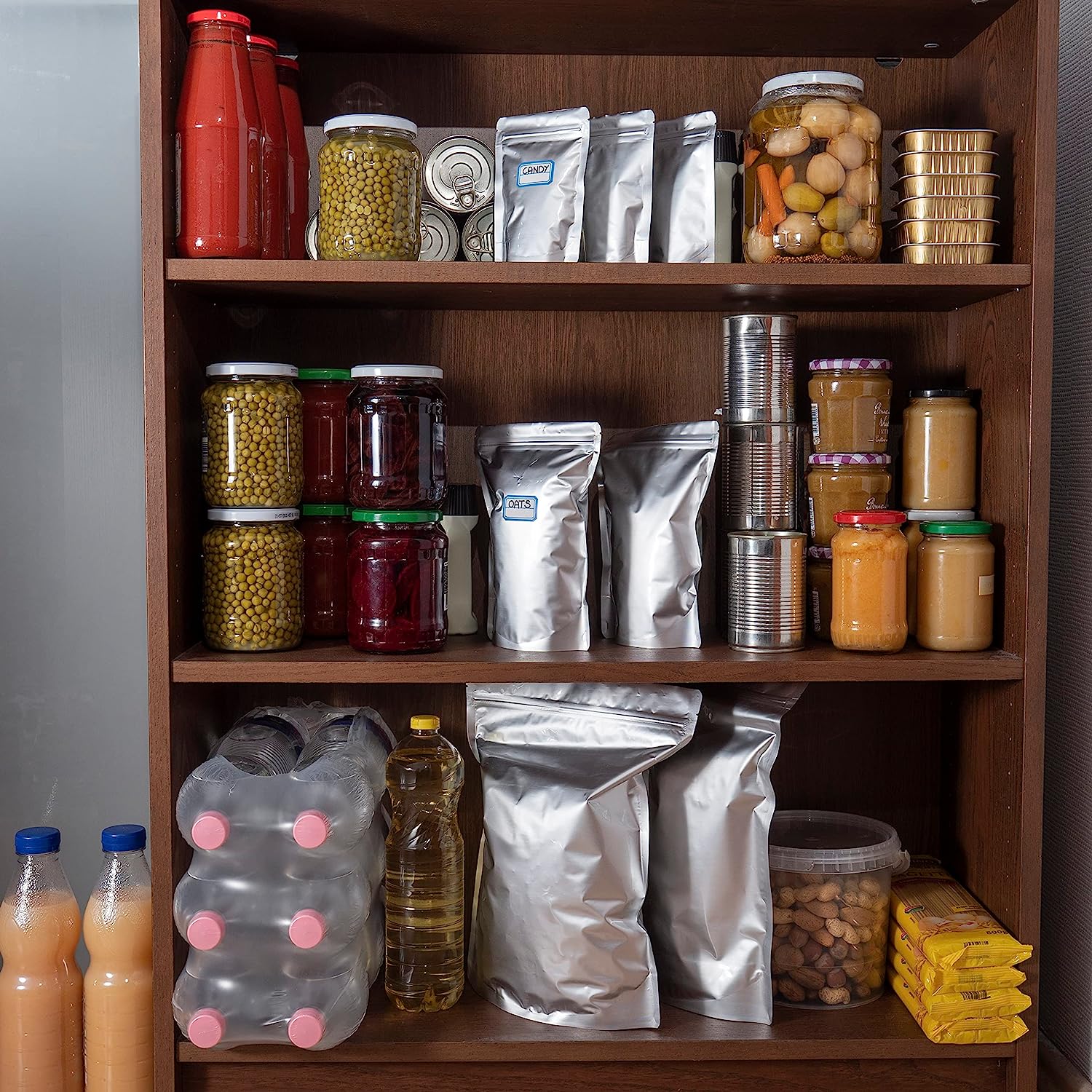
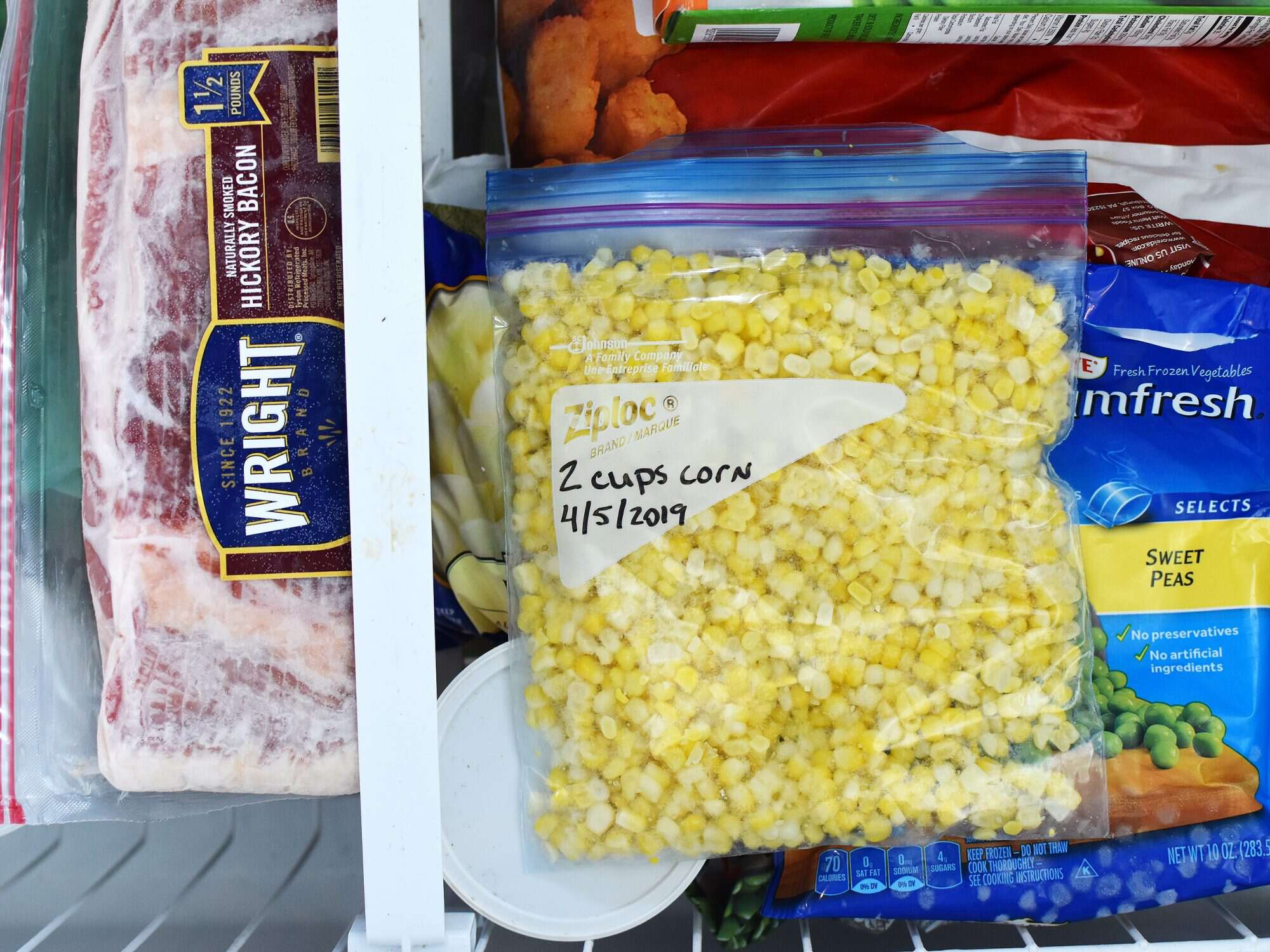
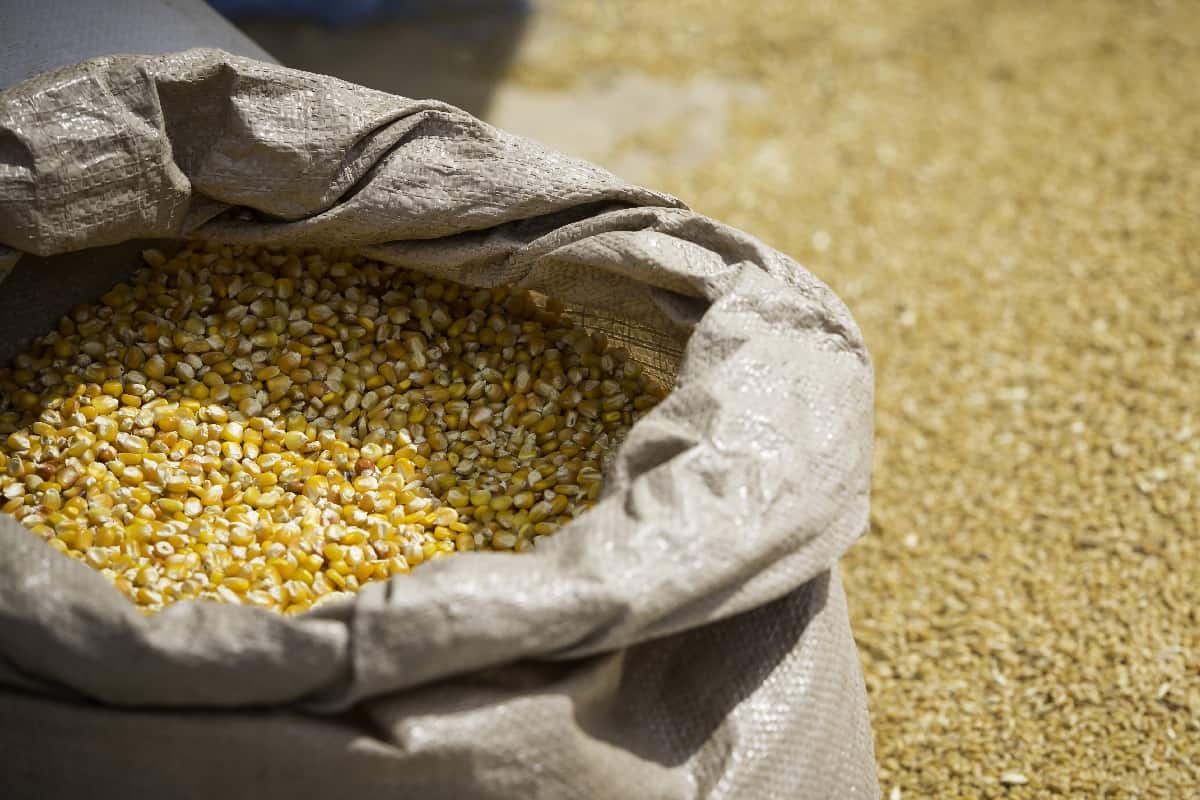
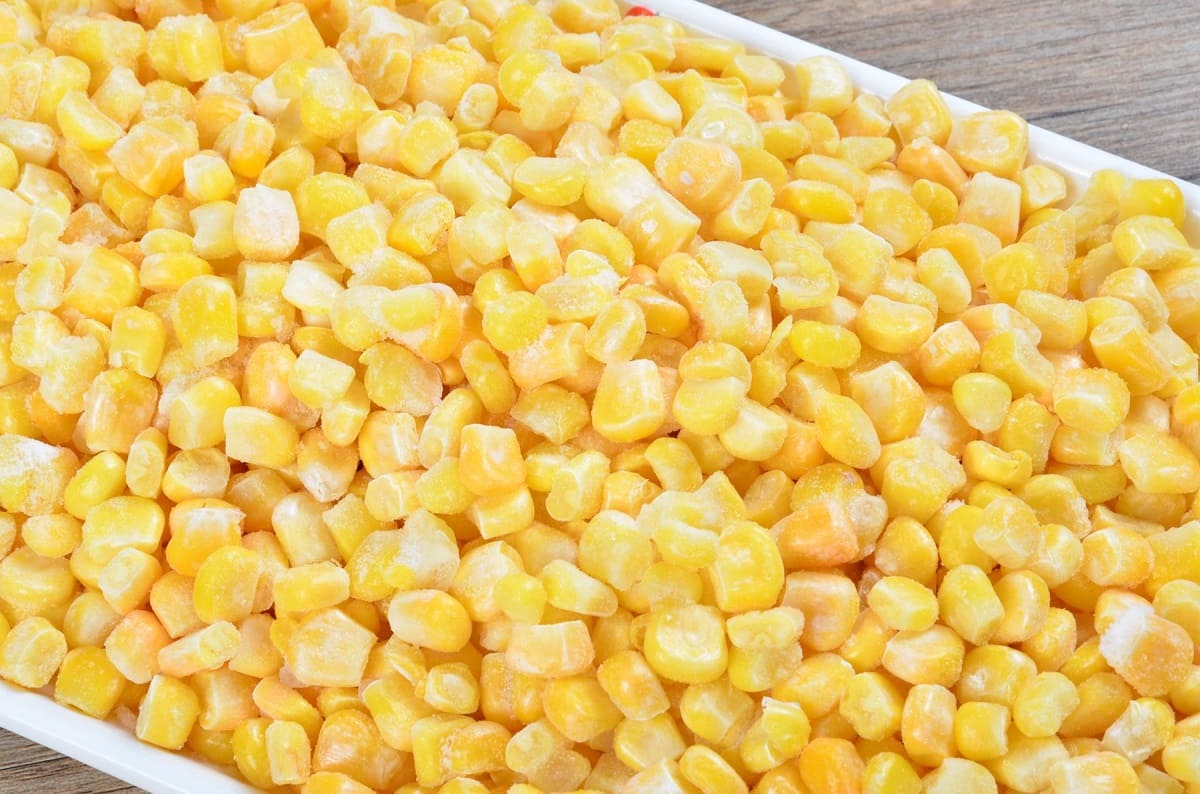
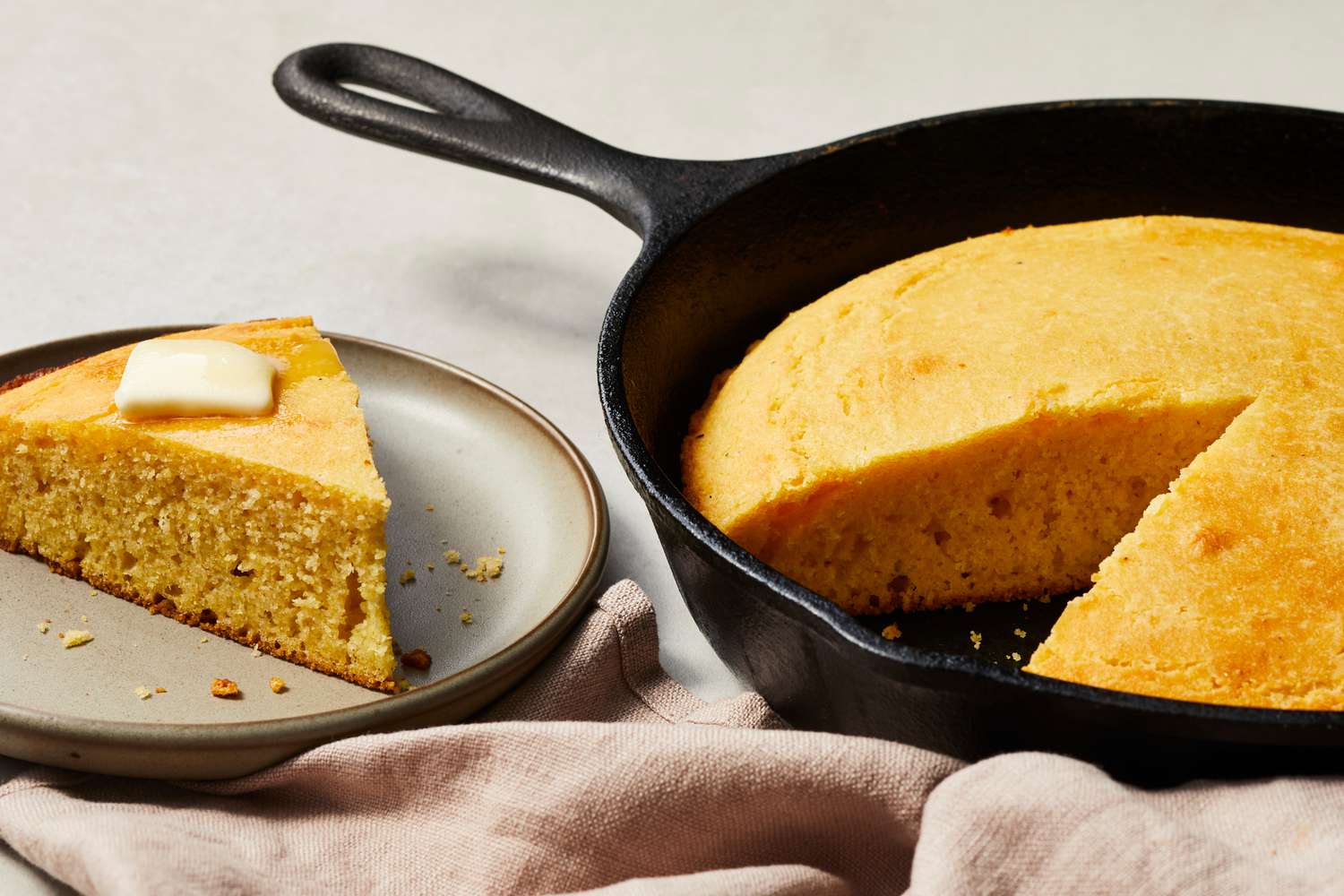

0 thoughts on “How To Store Corn Meal In Mylar Bags”